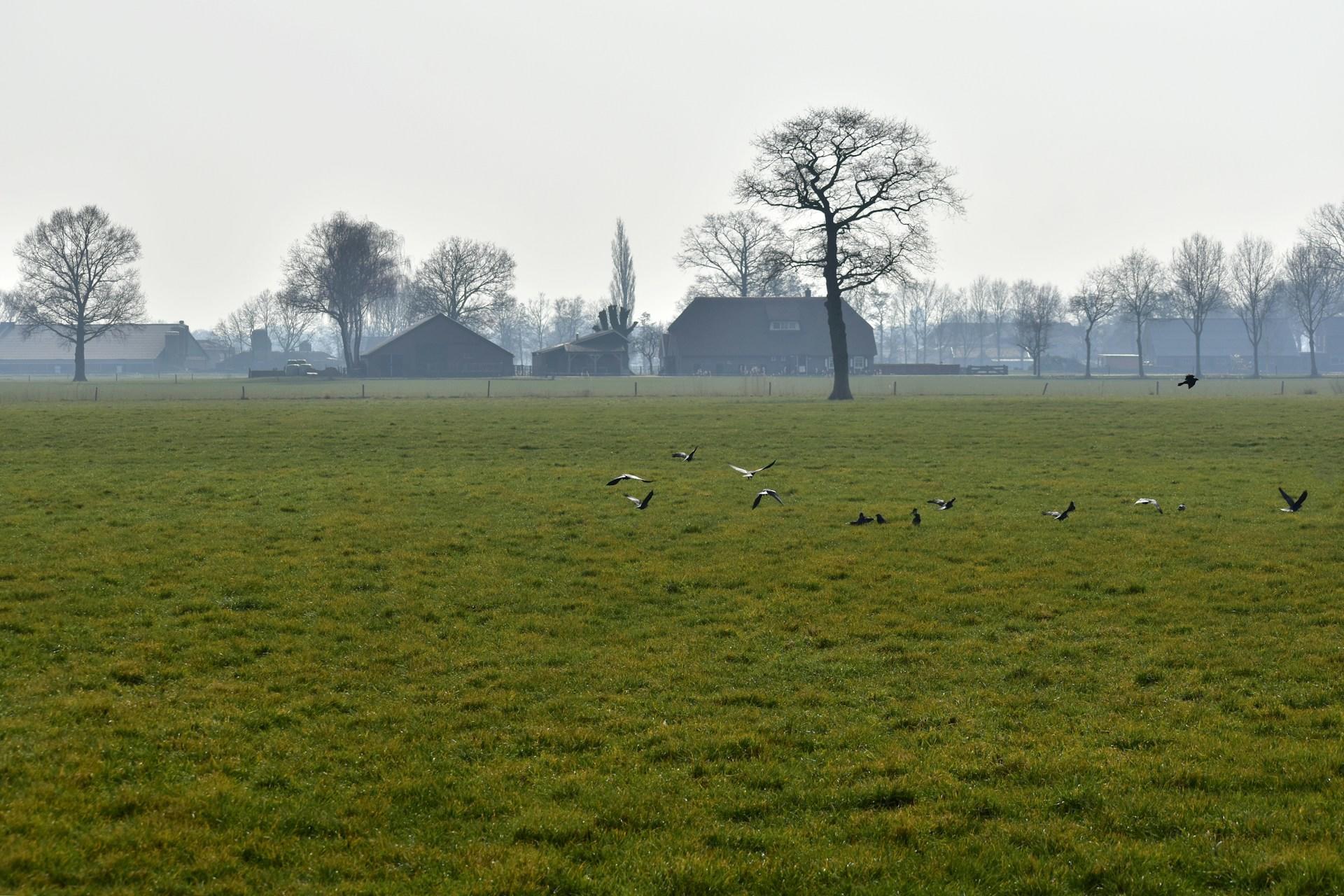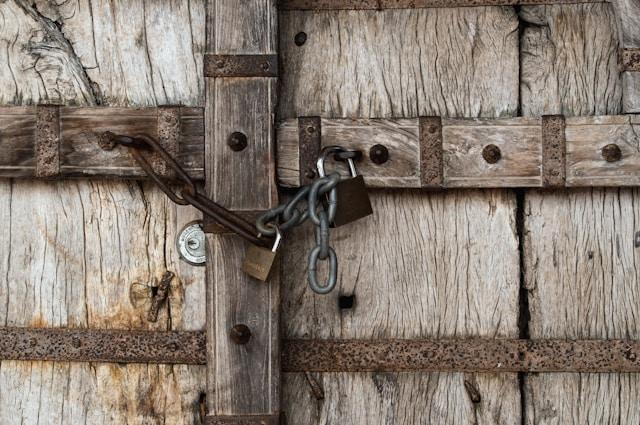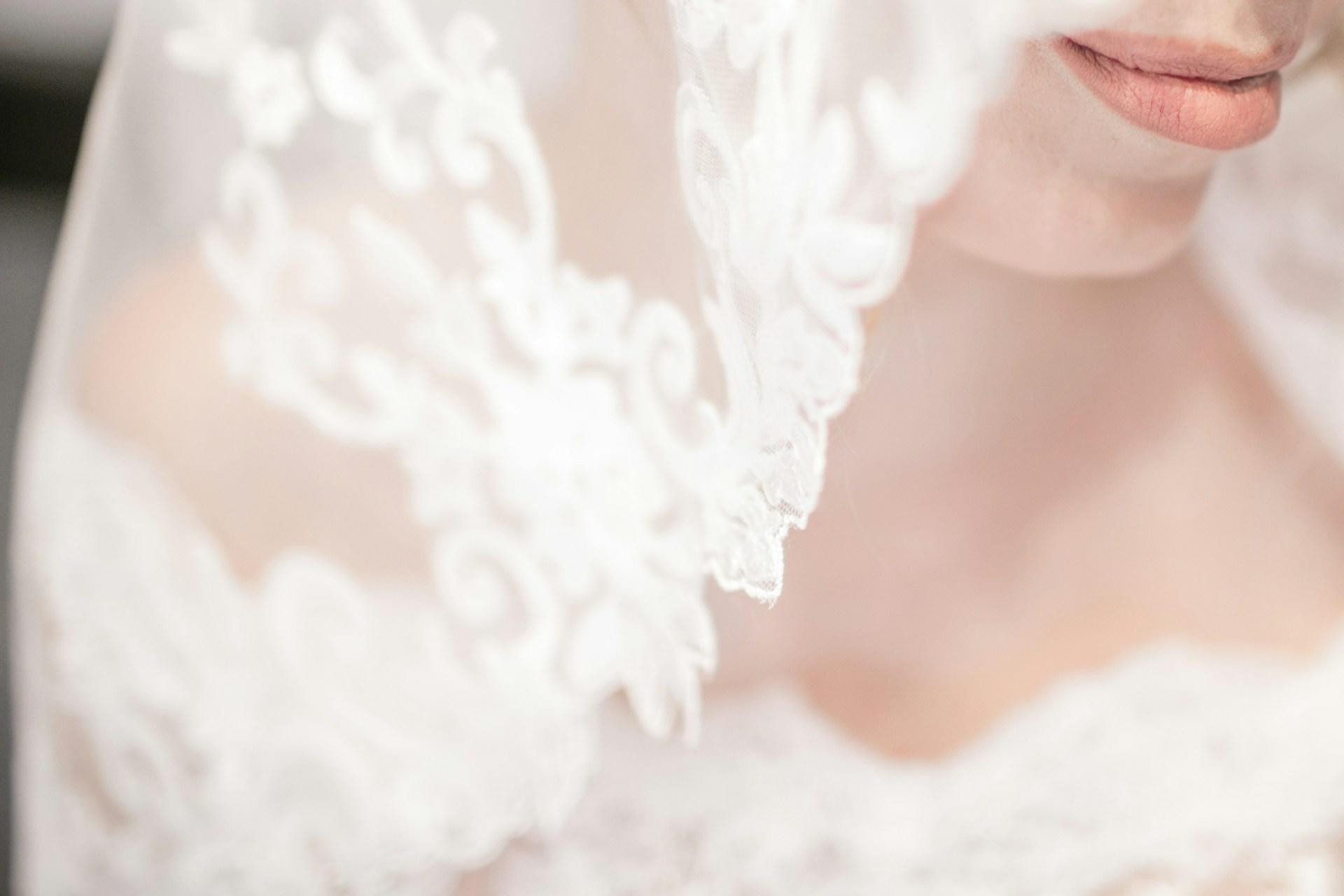Chapters
French activist, Simone de Beauvoir once said, "Marriage is traditionally the destiny offered to women by society. Most women are married or have been, or plan to be or suffer from not being."
Fast forward to the 21st century, the spotlight of getting married remains on females (the bride). Just take a look at the number of Hollywood wedding movie titles that centre around brides like Bride Wars, Father of the Bride, and The Runaway Bride.
Allow us to introduce you to another bride in the form of a beautiful poem, The Farmer's Bride by Charlotte Mew. Published in 1916, it is a thought-provoking poem under the love and relationship category from the GCSE English Literature syllabus.
This article will shed some light on the main ideas of this poem including:
- The poem's themes
- The poem's summary
- The poem's language and poetic devices
- The poem's author
- Tips to plan your poem analysis structure

Exploring The Themes of The Farmer's Bride
The central theme of The Farmer’s Bride revolves around the dynamics of an unhappy marriage between a farmer and his much younger wife. The entire poem is narrated in a monologue by the farmer, with an array of observations and emotions regarding his wife and marriage. Readers are introduced to his wife through his detailed descriptions throughout the poem.
Their unfulfilled marriage life is the principal storyline of the poem, and the main conflict of the poem — a popular topic when it comes to navigating love and relationships.
Essentially, the roots of an unhappy marriage between the two characters in this poem boil down to an ever-growing gap in two sub-areas which we will expand further in this analysis: gender (male and female) and age (older and younger). These two areas greatly increased the distance between the farmer and his bride, especially emotionally.
The only thing that seems to link both of them is nature and the farm life surrounding them, another important theme of this poem.

The farmer narrates his experiences and feelings using natural imagery such as changing seasons, plants, and animals because that’s what he’s most familiar with.
On the other hand, his bride finds comfort and solace through working on the farm and bonding with animals.
The Summary Of The Farmer's Bride
As mentioned earlier, this poem is narrated in the first person’s view, from the farmer’s description. It comprises six stanzas of varying length which mirrors different emotions that he has experienced or is experiencing.
The farmer begins by reflecting on the day he met his young bride. It has been 3 years since they were married. Though he finds her very young, he sees it as a practical decision to get married and stay focused on his farming work instead of waiting for someone and going through the courting process.
However, the moment they got married, his bride started distancing herself from him, physically and emotionally. She even tried to escape from him one night, during autumn when everyone assumed she was sleeping.

The farmer’s bride was determined to run away from him — as far as she could, but she was soon caught by the farmer and the people around the town.
She was cold and frightened when they found her, but they took her back and locked her up to prevent her from escaping again.
At home, she did her work diligently, but timidly. She spends most of her time interacting with animals happily and draws a distance whenever she sees any man approaching. Many ladies in town remarked that she is well-loved by the farm animals around her — they recognise and are drawn by her voice. The farmer, however, has never heard her speak before.
The farmer began to describe his young wife’s characteristics. She is shy, she moves quickly. She has a slim, straight posture and is sweet and pure. But she behaves differently in front of him.
The season is changing again, from fall, and now nature is preparing for the arrival of winter. It’s soon to be Christmas where it’s supposed to be all merry and cheerful, with expectations of welcoming a new family member, but that’s not the case for the farmer’s family.
The farmer’s bride is sleeping alone in the house's attic. The farmer notices the staircase between them and desperately wishes that he could be near her while thinking about her beautiful physical features.
The Significance of Literary Devices In This Poem
If you have read this poem, you’ll notice that the narrative is evocative, rich, dramatic and at times, picturesque. You can’t help but feel as if the farmer and wife were real individuals.
This effect is due to the author’s application of a wide range of literary devices throughout the poem.
The two most prominent ones include similes and symbolism revolving around animals and nature — due to the farmer’s background and the setting of the poem which centres around a rural farming community. You can refer to the table below for a clear comparison.
| Poetic Device | Line | Interpretation |
|---|---|---|
| Simile | As well as most, but like a mouse | The farmer’s bride is a diligent worker, but she is timid and quiet — barely talking and just focusing on work. |
| Simile | Like the shut of the winter’s day Her smile went out and ’twadn’t a woman | The farmer’s bride experienced a sudden change in her emotions, losing her smile and joy, just like the end of a winter’s day — she became cold and distanced. |
| Symbolism | Shy as a leveret, swift as he | The farmer’s bride is compared to a young hare in its first year, symbolising her inexperience in life and timidness. It could also mean that she is quick and can escape —like how a leveret usually behaves in nature. |
| Symbolism | One night, in the Fall, she runned away | The poem begins with a wedding in summer, and the changing of seasons to autumn implies that things became worse with time and the bride decides to escape one autumn night. It’s a foreshadowing of the disintegration of the marriage, entering into its own “winter” and dark season soon. |
Additionally, the author also applies other literary devices such as enjambment, and sibilance to enhance the emotional depth, layers of meanings and musicality of the poem.
Enjambment is used at least once in all six stanzas of this poem, especially when there is a need for the description to flow smoothly without a stop.
It is a literary device that occurs when each line/sentence leads directly to the next one without terminal punctuation (full stop, question mark, exclamation mark).
It aids in a smooth and strong flow movement of the poem. One example here is found in stanza 5: The short days shorten and the oaks are brown, The blue smoke rises to the low grey sky,
On the other hand, sibilance is used to create a beautiful rhythm of musicality in this poem
It is a literary device when several words that have the “s” and “sh” sounds are grouped (usually one after another) to create a gentle, hissing sound effect.
One clear example in this poem is found in stanza 4: Shy as a leveret, swift as he, Straight and slight as a young larch tree, Sweet as the first wild violets, she, To her wild self. But what to me?
Through these literary devices, this poem reflects great style and substance — making it a pleasurable and insightful read. To the readers, it’s a feast to the senses.
About The Poet: Charlotte Mew
We certainly can’t miss out on the discussion of Charlotte Mew, the author of this poem. Born in 1869 during the Victorian era in London, Charlotte was the eldest daughter of seven siblings. Unfortunately, three of her siblings passed away during their early childhood while two of her other siblings suffered from mental illness. After her father passed away, Charlotte took the responsibility of caring for her mother, alongside her remaining sibling, Anne.
Growing up during the Victorian era must have shaped Charlotte’s worldview on various issues, including gender roles and marriage. The Victorian era marked the beginning of the Industrial Revolution in Britain and also the reign of Queen Victoria as the monarch — the most powerful woman in Britain.
The nation and society were going through transitions where new ideas and new technologies were introduced. It’s almost as if there’s an internal struggle between different classes of society where women gradually gain more opportunities to work outside the home. However, the rural community in general still stuck to a traditional, patriarchal worldview on the role of man and woman at work, as well as the dynamics of a marriage between husband and wife.
Men were generally seen as the breadwinner of the family and often played an active role in various decision-making processes. In fact, the poem begins by indicating that it was the farmer who got to choose his bride. When she ran away, he actively searched for her and even locked her to prevent her from escaping again. In a way, he sees her as his possession, as someone who belongs to him, in his house, and on his farm as a worker too.
The farmer also often remarked on their age difference. He was much older, much more experienced, and had more financial stability than her. He expected her to be submissive, and take on child-bearing responsibilities right away.

However, his bride was young, inexperienced and seemed to have a different perception of marriage as compared to him.
Perhaps, the author was trying to indicate that the bride (like many females in those days) may not have the choice to choose who to marry, let alone express if they desire marriage.
When we look back at the author’s own life, Charlotte Mew herself decided not to get married because she was afraid of passing down hereditary diseases to her children. Perhaps, the bride’s stance and cold attitude towards her husband after marriage was a reflection of the author’s perception of marriage — fear and aloofness.
Planning Your GCSE Poetry Essay
With all this information that you have gathered, now it’s time to present them according to what is asked of you in your GCSE English Literature Paper 2.
Whether it is a detailed comparison analysis of themes, tones or literary devices, it is important to have a solid structure for your final answer. As you plan the outline of your essay, be sure to include your thesis statement clearly in the introduction to give the examiner a clear idea of the direction of your writing.
From there, you can outline your points, and give relevant contextual evidence, direct quotes, and examples to enrich your interpretation of the poem. For instance, if you were to compare the significance of marriage in this poem, you’d have to present two sides of the story — the farmer and his bride’s differing views on marriage.
To support your point, you can talk about the setting of the poem, the rural community and how it affects the main characters of the poem, in terms of their actions and emotions. That way, your final answers would be well-rounded and comprehensive — it shows the examiners that you truly understood the poem.
Once you are done with the points, you can summarise your points, restate your thesis statement and give some personal reflections in your final paragraph, such as what this poem signifies now, regarding marriage and relationships.
We hope this article has provided you with an engaging literary discussion of The Farmer’s Bride by Charlotte Mew.












